Whenever you get a chance to learn from successful people in your sport, discipline, or area of expertise, you take that opportunity. So, when I heard that Danny Camargo was doing a seminar in Gainesville, I jumped at the opportunity (eventually).
Danny's team, Camargo Oly Concepts, is ever present at local, national, and even international competitions. He has over 100 athletes on his team, the majority of which train with him at his facility in Orlando, a facility dedicated solely to Olympic Weightlifting. The rest train with him remotely, but are required to get some "face-time," every month.
Below are a few takeaways from the seminar, adapted from my notes:
Danny uses Coach's Eye, an app that helps coaches dissect and slow down movements. This tool allows coaches to ask specific questions and get concrete answers. Questions like, "Does the bar stay inside the area of base?" And, "Does the bar move forward?" These questions provide feedback to help the athlete and coach make the proper adjustments.
Here, coach's eye is used to see if the bar stays within the "area of base." You don’t carry groceries away from your body, right? This was the analogy that Danny used to justify the concept of "Area of Base." This athlete will work on keeping the bar closer during the snatch.
Danny used this video below of Alexander Ivanov at Junior Worlds snatching 175kg to explain and defend many of his concepts. He's been using this video for over a decade, and he is still fired up about it.
Some of my weightlifting dogmas were challenge at this seminar, the biggest being that the angle of torso from the ground to the hang position just above the knee should remain the same. Ivanov clearly changes angles, as do many non-american athletes. I noticed it, mostly, with chinese lifters, but many examples of this are available.
His answer: the hips rising is not necessarily a fault, as long as the chest also continues to rise. So, if the hips rise, and the chest does not, then it is a fault. The cue he uses for this fault is, "keep moving as if someone was pulling you up from your shirt." This helps athletes understand to keep the chest rising.
The "Frontal Plane" or the "Vertical Line of Symmetry" is used to determine the track of the barbell. In weightlifting, propulsion AND direction are both important considerations. This is where coach's eye comes in. When a video is taken at profile, a line can be drawn to show the relationship of the barbell to that line (see examples below).
Snatch takeaways:
An object at rest takes more energy to get it going than to keep it moving, so... pull fast off the floor:
“Fast, faster, fastest” (used as a pulling cue for athletes on snatch and clean)
Bar on the set-up; the relationship between the bar and the ankle is more important than distance to the shin. The bar should start ar over the balls of the feet, or over the start of the laces.
The snatch is like a golf swing, or like a jump shot. People work on it over a lifetime.
"Wherever the shoulders are when you jump, that’s where the bar is going to go."
“Power position” is shoulder behind the bar, by definition.
“Hang” bar over the shoulders, by definition.
This photo shows the "Frontal Plane." For this athlete, the bar moves forward off the floor... not good! But, with coach's eye, the athlete can see this for himself and correct the movement.
Jerk takeaways:
“Between the snatch the clean and the jerk, the jerk is the hardest.”
Use the vertical plane to coach the Jerk. The bar should never move forward.
“Bar stacked over the hips on set-up. Hips stay under the bar through the jerk.
Unlock the knees before descending in the dip.
How far an athletes splits forward and backwards with the feet is referred to as "depth," the width of the feet is referred to as "width."
Here, the "Frontal Plane," is used to coach the all aspects of the Jerk: the dip, the drive, the split, and the recovery.
I decided a long time ago that I wanted to be a lifelong learner. Lessons are everywhere. When we say "I know," we have actually stopped learning. It is only when we say, "I don't know everything," that we open ourselves up for the possibility of improvement.
Most of us, especially when it comes to our area of expertise, get stuck in our way of doing things, because "we know." Maybe, our egos get in the way, and it keeps us from becoming the student when we consider ourselves to be peers with the teacher. And yet, we have all learned something about ourselves, or our practice, from our students—the very people we are teaching.
I say this because I was apprehensive, initially, to take a beginner's course on weightlifting, an area which I have been teaching for 5 years and practicing for nearly 10. Yet, I was still able to learn quite a bit, and I was given the opportunity to ask some deeper questions: questions about running a successful weightlifting gym, strategies for plateauing athletes, and what to do when we get older.
Embracing a beginner's mind, especially in your area of expertise, will clear the blind spots and increase your effectiveness as a practitioner. You may make some friends in the process, too. So, keep learning, even when—or especially when—you think you know.




